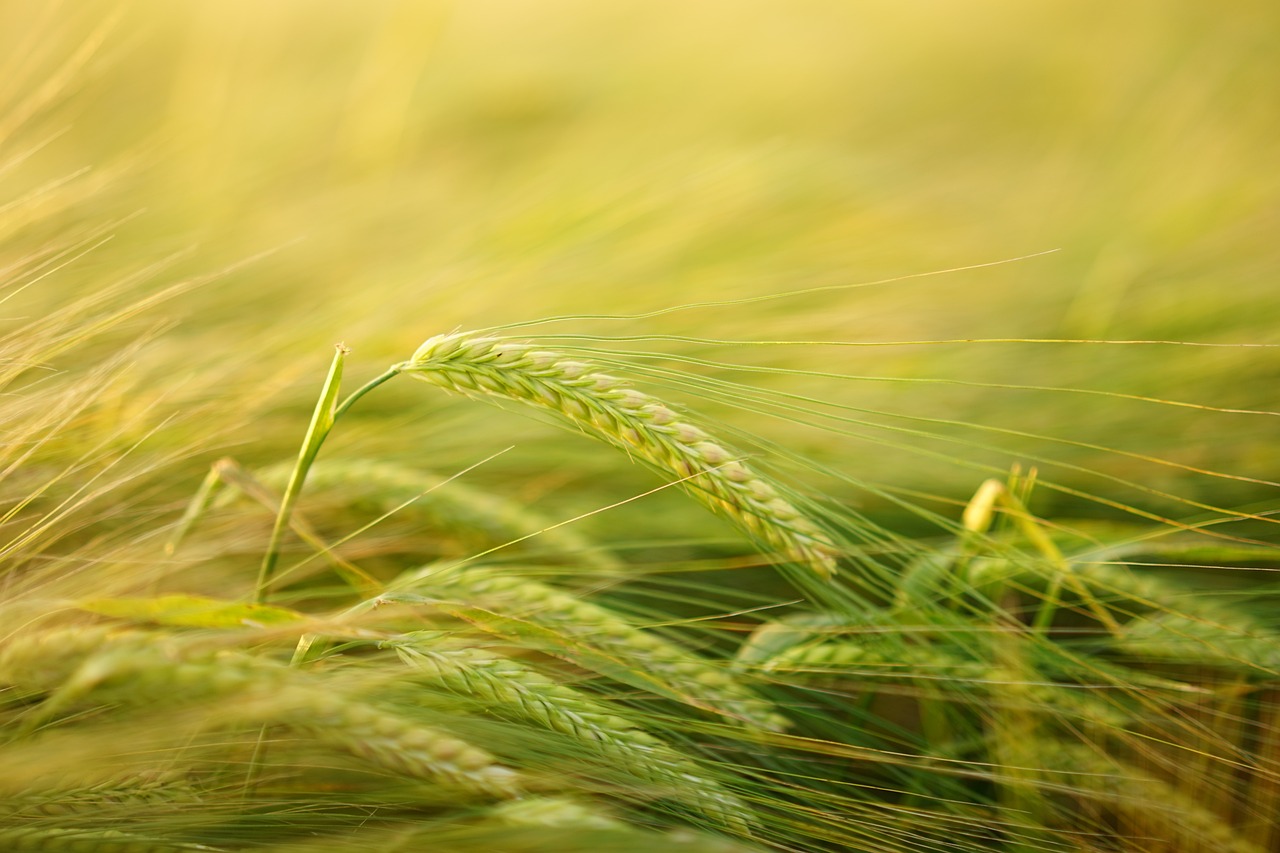Demeter: The Goddess of Agriculture and Abundance
Overview of Demeter’s Realm
Demeter stands as the revered goddess of agriculture, encompassing the growth of grains such as wheat and barley. She serves as the protector of farmers, overseeing the processes of ploughing, sowing, and harvesting. Her presence is synonymous with fertile lands and generous harvests, while her wrath could lead to crop failures and widespread starvation.
In addition to her agricultural domain, Demeter’s influence extends to milling, as she is also regarded as the goddess of flour production and the staple food of bread. Her patronage includes vegetable gardens, fruit orchards, and even households that engage in pig farming. Furthermore, Demeter embodies aspects of motherhood, devotion, and offers a pathway to a blessed afterlife, representing the mystery religions of her time.
Symbols and Attributes Associated with Demeter
Demeter is often depicted with symbols that resonate with her associations, including wheat ears, a cornucopia symbolizing abundance, and a torch representing the light of knowledge and growth.
Her attributes include a lotus staff, a radiate crown, and the familiar winged serpent as part of her iconography. Notably, she traverses the skies in a chariot drawn by winged serpents, suggesting her divine nature.
The sacred flora tied to Demeter comprises wheat, barley, mint, and poppy, further emphasizing her role in agriculture. She is also associated with various animals such as the serpent, pig, and even the spotted lizard. Sacred birds like the turtle dove and screech owl also hold significance.
Family and Followers of Demeter
Demeter’s lineage traces back to Kronos and Rhea, the primordial rulers of the gods. Although she has no husband, her divine offspring include Persephone, queen of the Underworld, Ploutos, the god of agricultural wealth, and Arion, a magical horse.
Her attendants are comprised of notable figures including her daughter Persephone, the goddess Hekate, who governs witchcraft, and various water nymphs. These figures play essential roles in her mythos, signifying the interconnectedness of life, death, and renewal.
Demeter’s Worship Across Regions
Regions such as Attika, Messenia, and Enna in Sicily claim patronage of Demeter, with her holiest shrine located at Eleusis in Greece, renowned for the Eleusinian Mysteries—a secretive cult celebrating her mythos.
Temples dedicated to Demeter proliferated across ancient Greece and Sicily, renowned for their rituals and mystery practices linked to agricultural cycles and the fate of crops.
Myths Featuring Demeter
Several myths provide deeper insights into Demeter’s life and significance. The tale of her daughter Persephone, abducted by Hades, portrays the goddess’s profound grief leading to a catastrophic famine on Earth until a compromise was reached.
Further stories explore Demeter’s romantic entanglements and the consequences of her actions. In the famed love saga with Iasion, divine jealousy leads to Iasion’s demise by a thunderbolt. Additionally, her encounters with Poseidon, where she turns into a mare, underscore her complex relationships with other deities.
Artistic Representations of Demeter
Demeter’s imagery is preserved in ancient Greek art, notably in vase paintings that provide a glimpse into her role and significance in society. Classical sculptures, stone reliefs, and frescoes also bring to life her divine essence and association with agriculture.
Selected Myths: A Brief Synopsis
The story of Demeter and Persephone is pivotal, highlighting the demand for balance between the realms of life and death. While searching for her daughter, Demeter’s profound sorrow catalyzes the changing seasons and agricultural cycles.
Another tale recounts her tumultuous encounter with Poseidon, emphasizing themes of transformation and the implications of divine desires. Additionally, the myth surrounding Erysichthon illustrates a cautionary tale of disrespect toward nature, resulting in an insatiable hunger—a fitting punishment from the goddess of the harvest.
Demeter’s multifaceted role reflects the deep connections ancient societies had with nature, the cycles of life, and the reverence for the divine forces guiding agriculture and sustenance.



